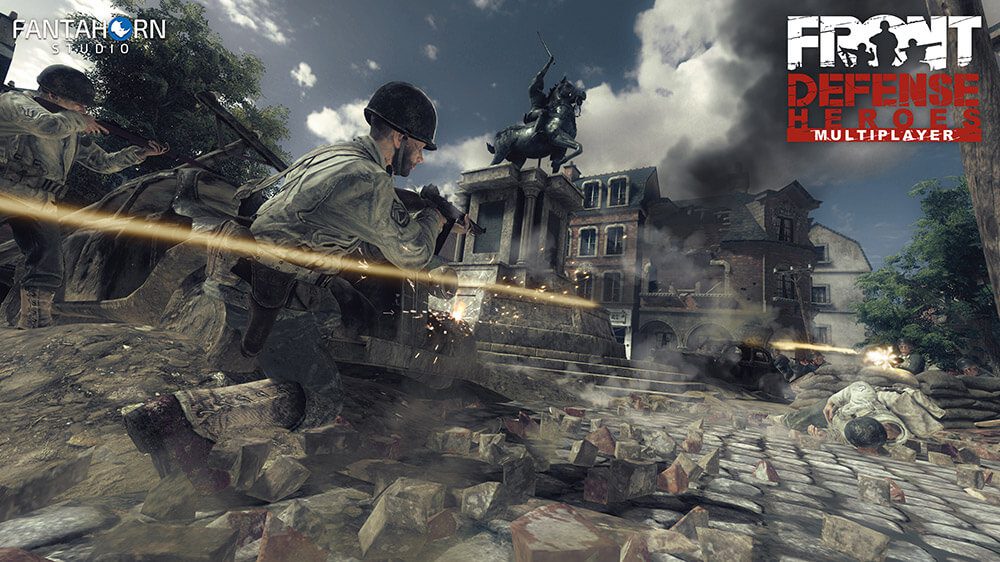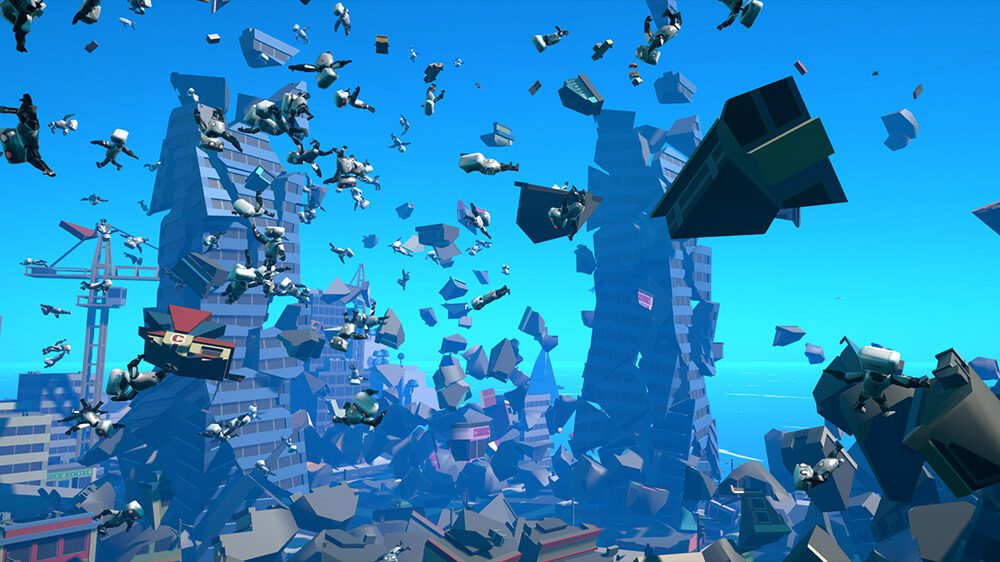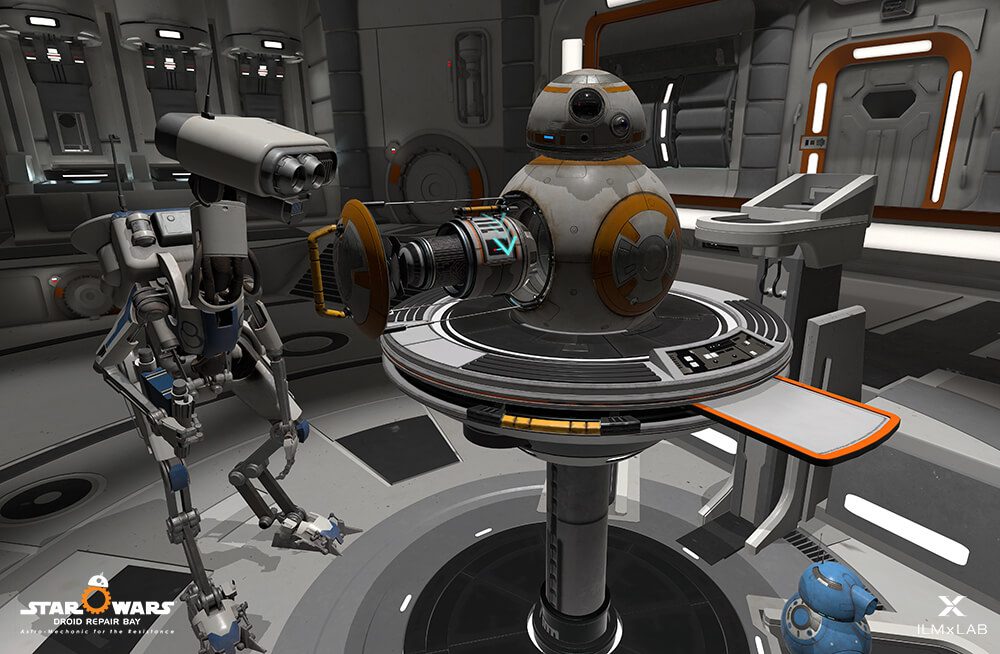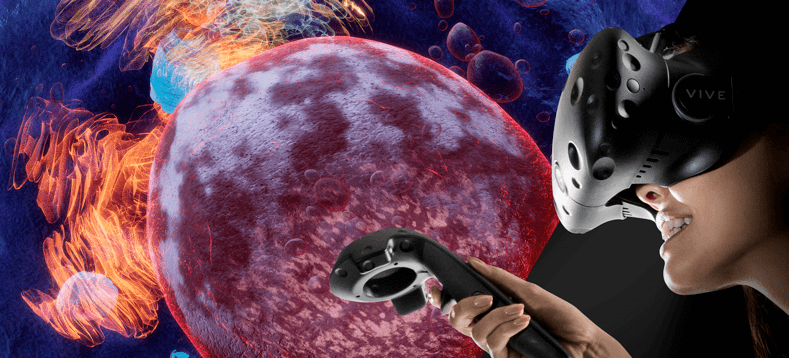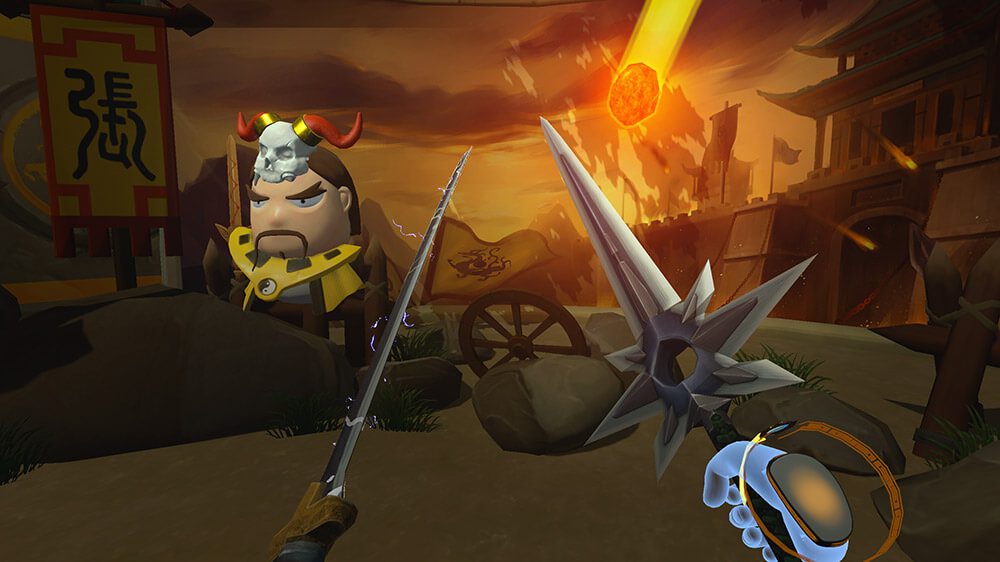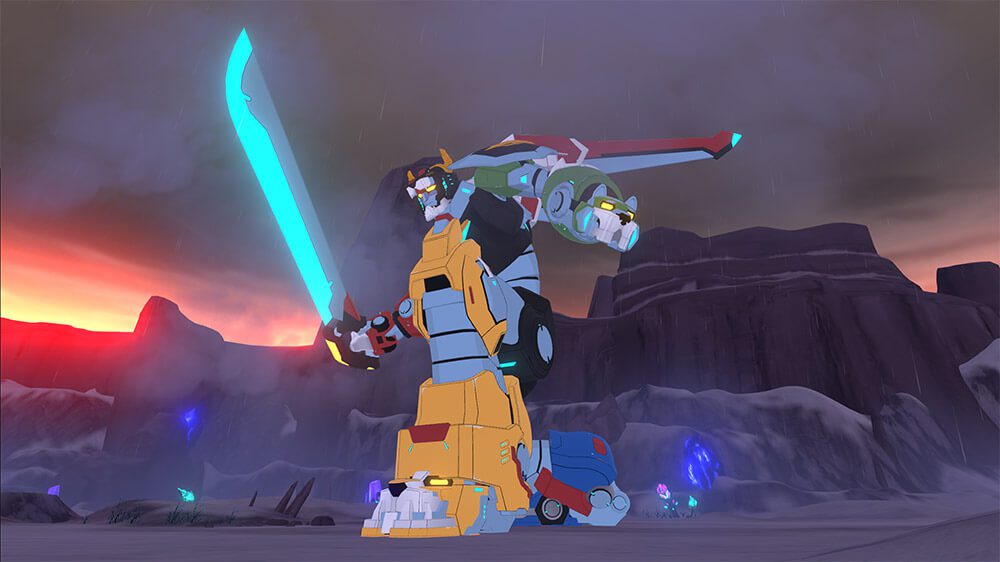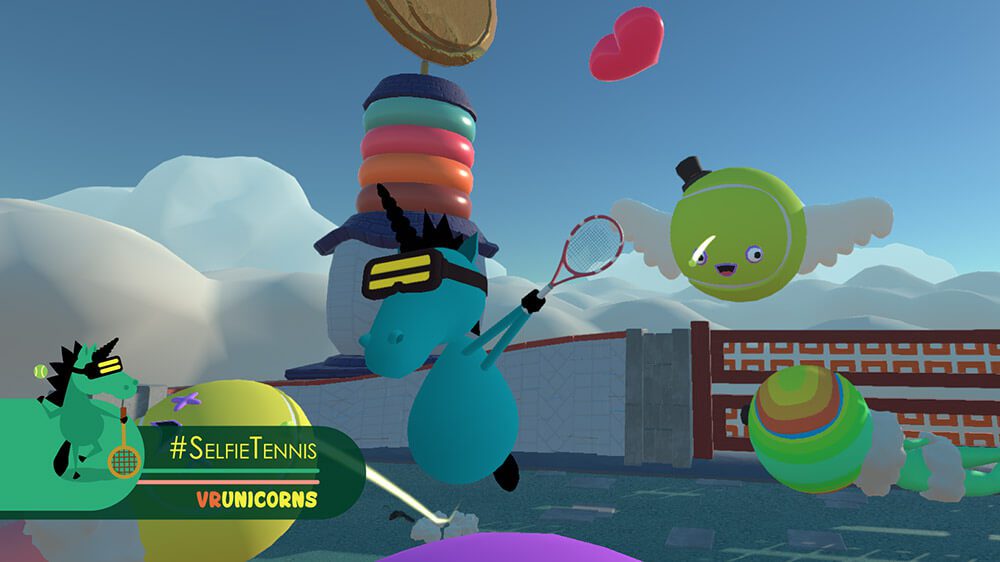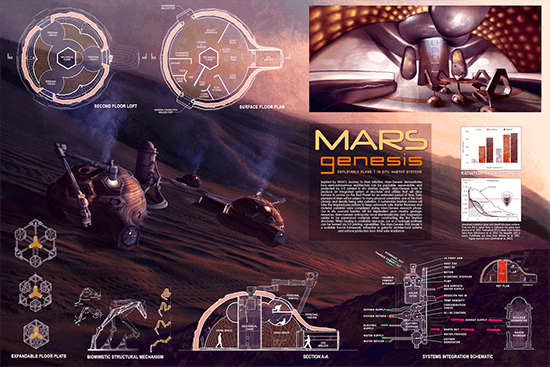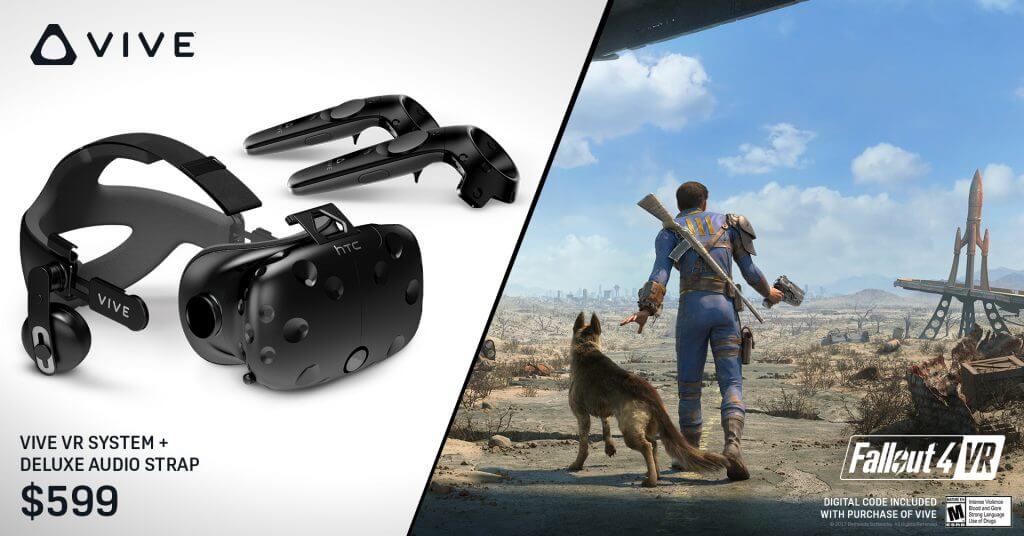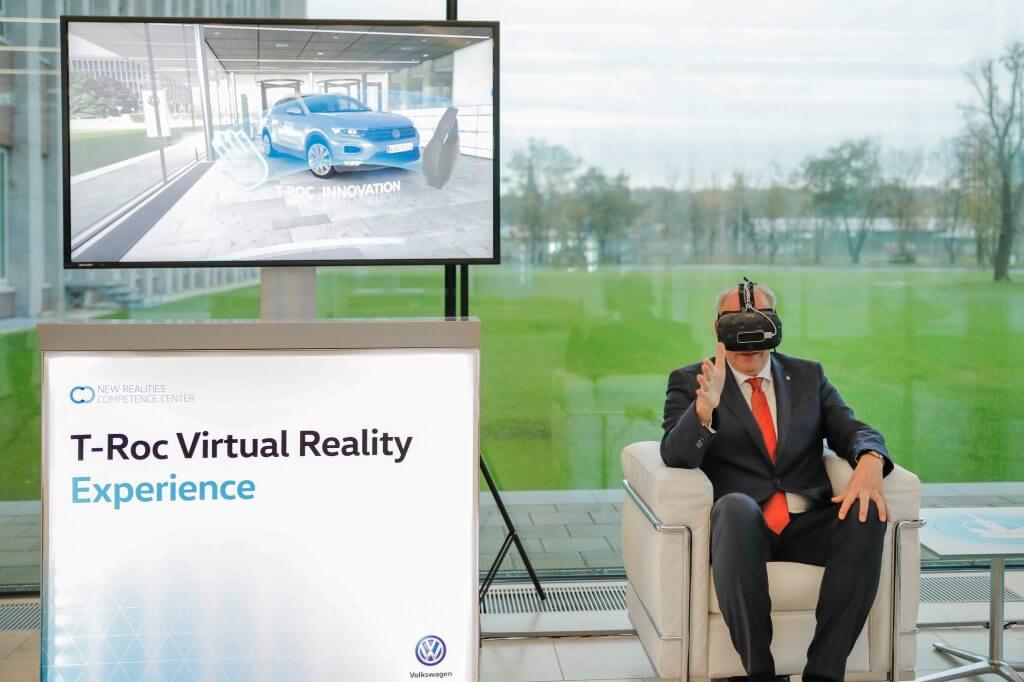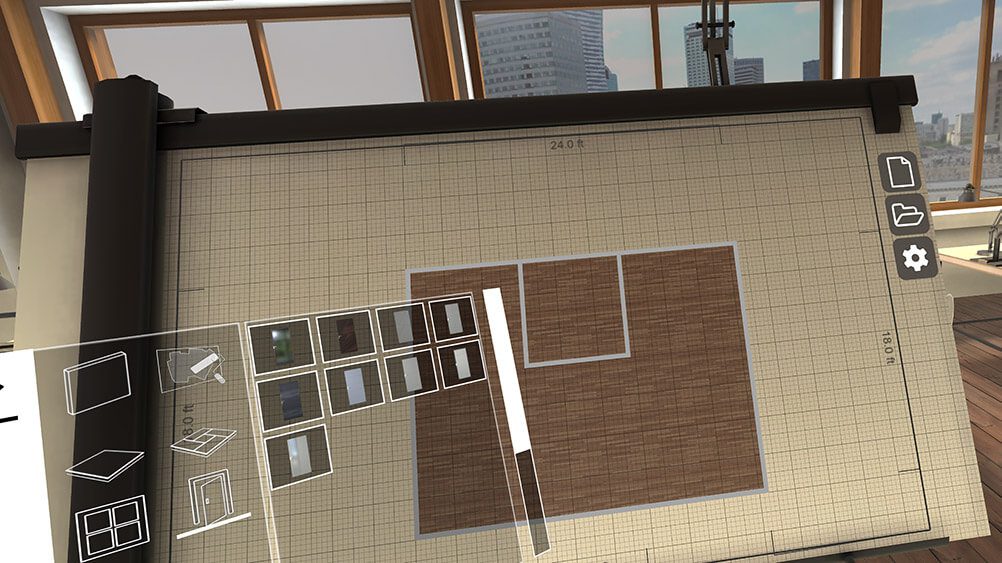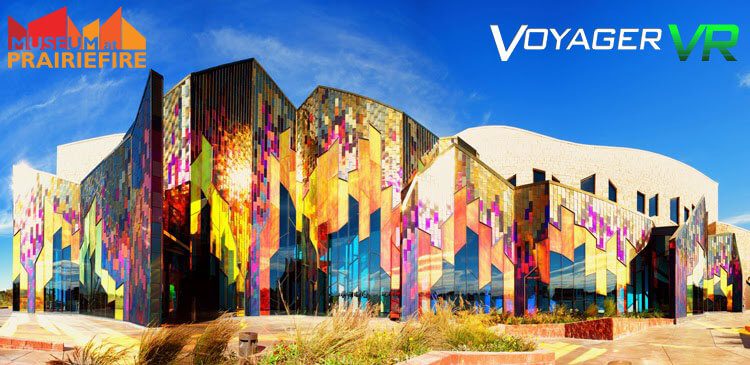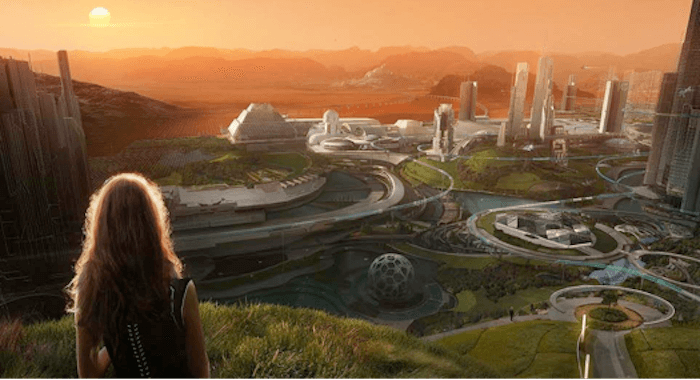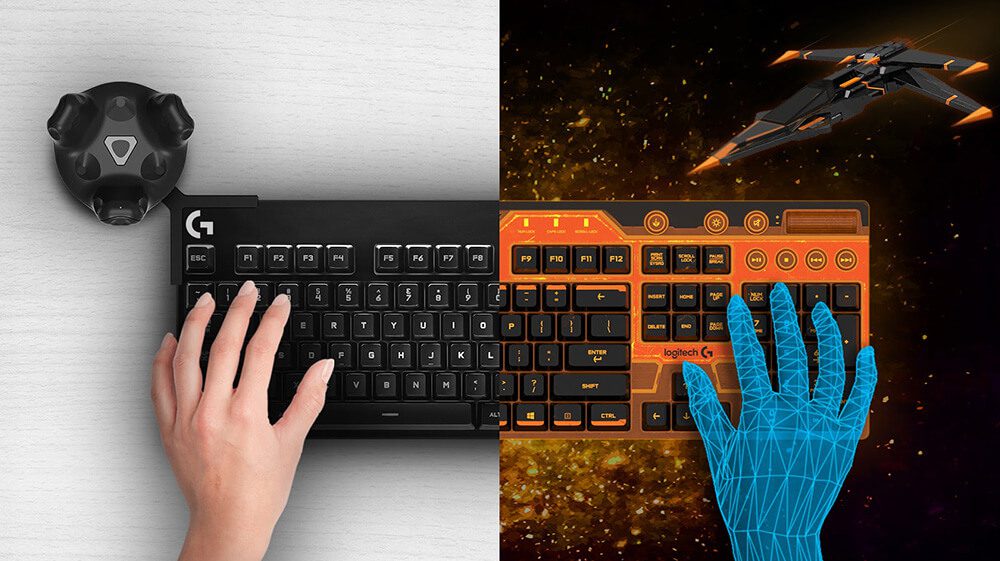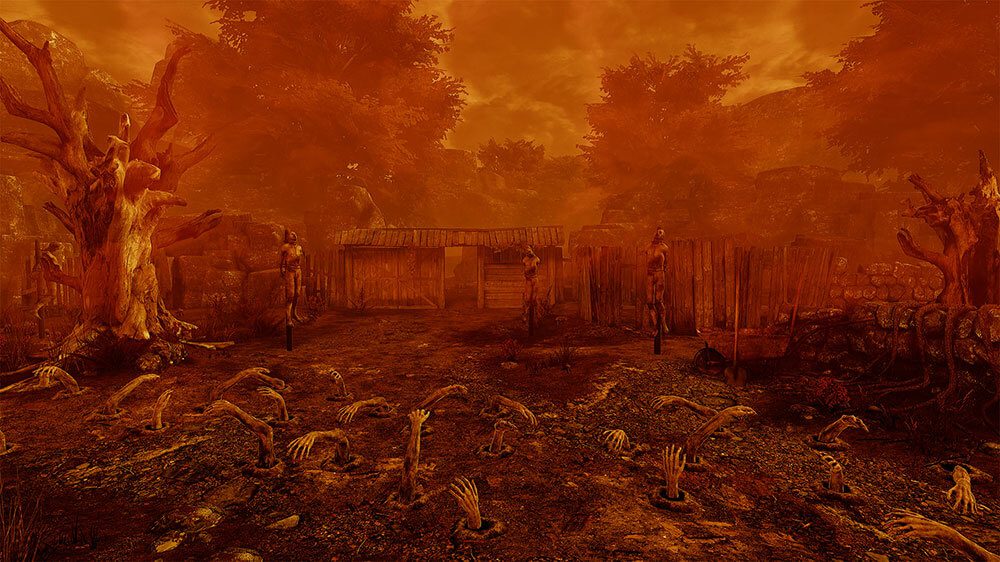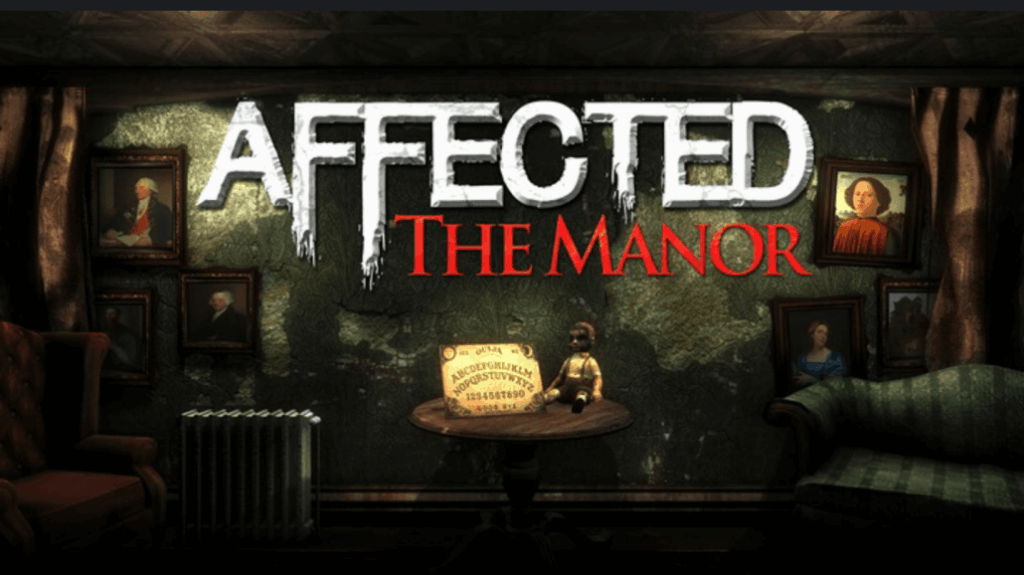Schlagwort: View All
-

Viveport holiday picks for 2017
Reading Time: 4 minutesWhether you’re experiencing VR for the first time or looking for new titles to check out, we’ve got some holiday picks for you – sourced from our very own Viveport staff. Think of these as personal picks from people who know best! [embedded content] Available now in Viveport Subscription Thomas’ pick, and…
-

Smashing all the things with VRobot
Reading Time: 4 minutes[embedded content] Hello Oleg! To start off, tell us what your role is in making VRobot? As CEO of Luden.io, my role lies in protecting developers and fun gameplay from boring ideas. I spend my time programming as well as building communications with media and partners like Viveport. What’s the origin of…
-

Test your astro-mechanic skills in Star Wars: Droid Repair Bay
Reading Time: < 1 minuteWith Star Wars™: The Last Jedi™ a handful of days away (in theaters December 15th!) we’re excited to present Star Wars™: Droid Repair Bay – Astro-Mechanic for the Resistance on Viveport. [embedded content] Created by Lucasfilm’s ILMxLAB (who previously developed Star Wars: Trials on Tatooine) and powered by Nissan, this is…
-

A Cornucopia of VIVE Black Friday Deals
Reading Time: 2 minutesBefore the year’s most delicious holiday takes place, we want to share our exciting Black Friday deals across VIVE and VIVEPORT. Customers who purchase a Vive between Friday, November 24th at 12:00am ET through Monday, November 27th at 11:59pm PT will receive a Deluxe Audio Strap with the purchase of their Vive in addition to the current Fallout 4 VR bundle. For $599 each…
-

Vive Studios Announces Super Puzzle Galaxy and Front Defense: Heroes, Two New First-Party Titles for HTC Vive
Reading Time: 3 minutesFantahorn Studios and 2 Bears Studio develop their second titles for Vive Studios, emphasizing multiplayer and user-generated content Vive Studios today announced two new first-party titles coming to Vive in early December 2017. After releasing popular games this past year, 2 Bears Studio (Arcade Saga) and Fantahorn Studios (Front Defense) have developed…
-

Volkswagen Launch The T-Roc Virtual Reality Experience
Reading Time: 2 minutesTo celebrate the world premiere of the T-Roc, Volkswagen prepared something special: A virtual reality exhibition right in the lobby of the Volkswagen Brand Tower. The historic brand tower is the administrative center of the Volkswagen group, and stands on the site of the Volkswagen factory in Wolfsburg, Germany. This VR exhibit…
-

HTC VIVE Announces VIVE Arts Program
Reading Time: 4 minutesToday HTC VIVE announced VIVE Arts, a new multi-million dollar global VR program set to change the way the world creates and engages with the arts. Vive recognizes VR’s potential to share and engage with the world’s most valuable treasures in a new and exciting way, and the company’s latest investment will…
-

VR 101 – A Crash Course In All Things Virtual Reality
Reading Time: 3 minutesVR, AR, MR – ever wonder what it all means? Don’t fret! These different “realities” can be confusing, so we’re here to explain. Introducing “VR 101”, the next article in our new blog series designed to teach you all you’ve ever wanted to know about virtual reality. From purchasing a VR-ready computer…
-

How Can We Support A Million Lives On Mars?
Reading Time: 3 minutesHP Mars Home Planet challenges engineers, architects, designers, artists, and students to design an urban area for a million people on the red planet. Is there life on Mars? Imagine a future when one million people call the red planet home. Together with NVIDIA, HTC VIVE and other partners, HP has launched…
-

Enter the Manor in Affected
Reading Time: < 1 minute[embedded content] Available until November 3rd at 25% off! From Fallen Planet Studios, AFFECTED: The Manor is a deeply immersive VR experience that places you inside a house of horror – now remastered for HTC Vive. With two routes to follow and four alternate endings, AFFECTED is an experience that you…
